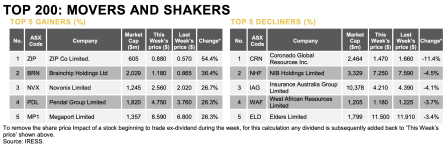One to keep an eye on to determine if we are somehow involved. Does use Lidar tech.
These help the car achieve over 656 feet (200 metres) of accurate long distance perception on all sides in complex urban environments.

 www.dailymail.co.uk
www.dailymail.co.uk
Is this the robotaxi of the future? Chinese tech giant Baidu unveils £31,000 all-electric self-driving cab that can be hailed with an app
When driving, the AV utilises 38 sensors, including eight light-detection and ranging sensors (LiDARs), 12 ultrasonic radars, 12 cameras and a six millimeter-wave radars.These help the car achieve over 656 feet (200 metres) of accurate long distance perception on all sides in complex urban environments.

Chinese tech giant Baidu unveils $37,000 all-electric robotaxi
The self-driving Apollo RT6 has a detachable steering wheel to allow passengers more space. Chinese tech company Baidu claims its driving capability is the equivalent of a driver with 20 years experience.




